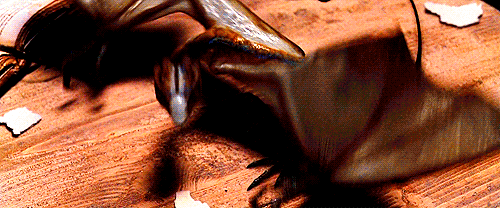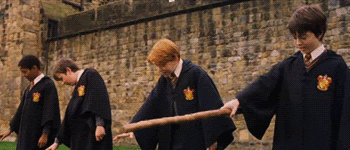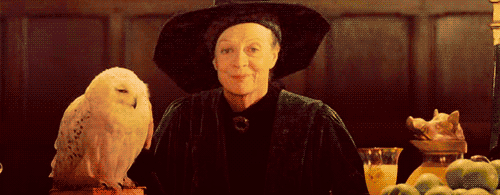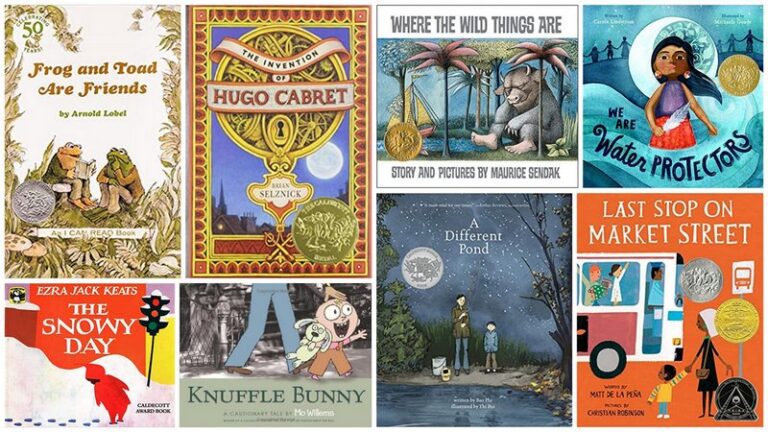The Harry Potter series captured a generation with its magical world of talking paintings, flying broomsticks, and best friends who all happen to be wizards. Every preteen (and warm-blooded adult for that matter) who read and watched the series was mesmerized by magic and dreamed of receiving that letter inviting them to be a student at Hogwarts.
However, the allure of the series goes beyond the ability to move things with a wand and turn teacups into mice. The Harry Potter series is equally about the school in which the story takes place. Many of the professors—the teachers—were wizards who mastered their subject areas and knew how deliver a valuable education to their students.
Here is a list of five lessons teachers can learn from Hogwarts.
1. Take risks.
When Hagrid was a new teacher, a safe bet for him would’ve been to let his students grow Flobberworms like all of the other teachers before him. It’s neat, safe, and easy. Instead he exposed his students to dragons and let Harry ride on the back of a bird-horse creature. These were risks, ones that could have failed miserably and ended his teaching career. But instead it inspired and created lasting experiences for his students.
Now this is not an endorsement to put your students in danger and risk their physical well beings (Hagrid did that), but teachers have to try new things and experience failure sometimes. Teaching from textbooks can ensure you cover all of your standards and that students are exposed to every bit of content, but it doesn’t ensure they will remember any of it. You need to hold that poetry slam in English class, dress up as George Washington in history, and make gingerbread houses in Geometry. Sure there’s an inherent risk that you will fail, but failing is a good thing.

2. Don’t play favorites.
Remember Professor Slughorn, the old potions professor who taught Tom Riddle how to achieve immortality? He was a nice man who enjoyed teaching, but he also played favorites. You can ask any student who has ever set foot in a classroom what they despise most, and most will tell you it’s when teachers favor one student over another. Slughorn had a club you could only be a part of if he selected you; an elite group that received special treatment simply because the teacher liked them the most. The students who were not in this group and did not get invited to private dinners and parties, were left jealous and hurt.
Good teaching is not about making sure every student gets heaped with praise all of the time, or even making sure everyone receives equal treatment. But showing favoritism creates divides and voids between teacher and student, and can disrupt the best tool a teacher has in their arsenal to connect with their students: relationships. Teachers like Slughorn and Snape notoriously played favorites, and unless you were one of the favored, even the most extraordinary subject matter would lose its luster.

3. Encourage hands-on curriculum.
The most effective learning happens when it is experienced rather than told; felt rather than seen. Hogwarts was a haven for hands-on, experiential learning. Students didn’t just read textbooks about how to fly broomsticks…they tried it out for themselves. Herbology class was about getting your hands dirty and growing plants that would actually be used by the school doctor. Even the despised Professor Snape didn’t spend all of his time lecturing students and requiring rote memorization. He had them experiment with potions and work in collaborative groups to create authentic final products. Hogwarts brought Project Based Learning to the mainstream, and teaches that real learning sometimes has to happen beyond a lecture.

4. Let students lead the learning.
Some of the best teaching moments at Hogwarts were not led by greats like Mcgonagall, Lupin, or even Dumbledore. They were led by Harry. When Harry and his friends formed Dumbledore’s Army, and Harry took on the role of teacher, students began to learn with vigor and excitement. Harry knew how to relate to his classmates, and was able to instruct them the way they needed to be instructed. He didn’t lead from a place of superiority, but instead as a fellow-student who had special skills to offer his peers.
Teaching is often best done when teachers give control to students. From planning units and projects, to the execution of them, student empowerment leads to student engagement. When students own their learning, they value it, and this is when the real magic happens. It can sometimes be messy, like when Neville’s wand blasted out his hand and almost impaled the other students, but it leads to well-equipped wizards—and kids.

5. Don’t forget the importance of relationships.
Great teaching starts with relationships. Before Professor Lupin could ever teach Harry the complex Patronus Charm (When he shot a bright white deer out of his wand), he first had to listen to Harry’s struggles and talk about the death of his parents. Instead of expelling Harry for breaking the rules and flying a broom unsupervised, Professor Mcgonagall invited Harry to have a coveted spot on the Quidditch team. This started the beginning of a relationship that lasted Harry’s years at Hogwarts. Dumbledore spent years building trust with Harry, and in return Harry saved the world in his honor.
Students will attempt any challenge, pull all-nighters, speak in front of crowds, and sit silently for an hour if it’s for a teacher they know cares about them. Relationships are the bedrock of learning, and when a student knows they are trusted and cared for, no essay is too long; equation too complex; or maniacal dark wizard too powerful to defeat.

A colleague and I have made a video series about lessons learned from Hogwarts teachers—you can check them out here:


